Any psychotherapist or their client will probably agree that it is a challenge to unlearn habits reinforced over a couple of decades. I was lucky to be bought a completely manual 35mm viewfinder camera when I was probably 11 years old, in the 1980s – a Voigtlander Vito B (that I still have and have started to use again) which I learned to use way back then, along with basic black-and-white developing and printing.
My subsequent stint in architecture school, and into that profession, featured a lot of photography, but it was always in the service of surveying, recording and accurate rendition of details and light.
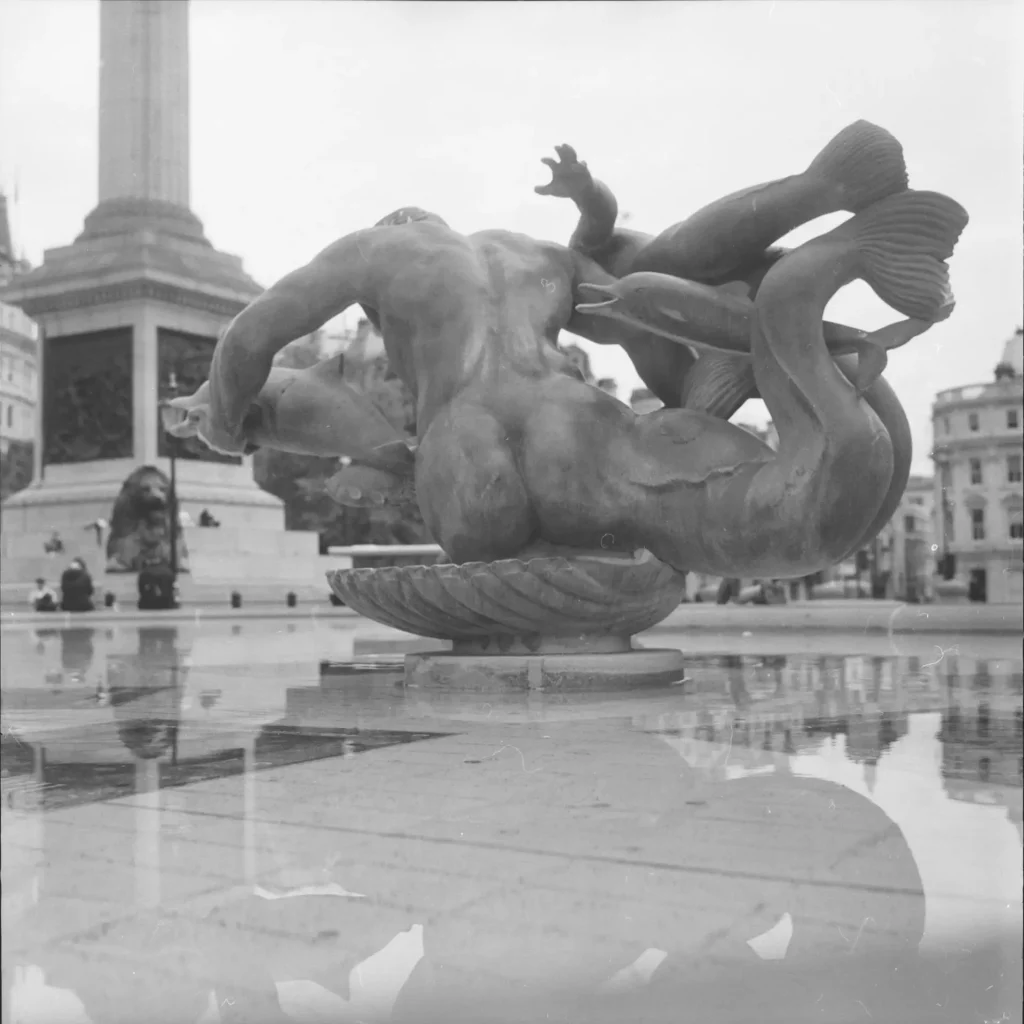
I’d learned the knack with the Voigtlander of using smaller apertures and optimising hyperfocal distances to make up for the lack of any focussing assistance and this reinforced my tendency to prioritise sharpness over all else, and eventually everything became digital and auto-everything anyway and maybe I just stopped caring so much about the technical business of taking photos.
I am a sufficiently competent operator of a camera and have taken an awful lot of useful photographs. Or a useful lot of awful photographs, to put it another way.
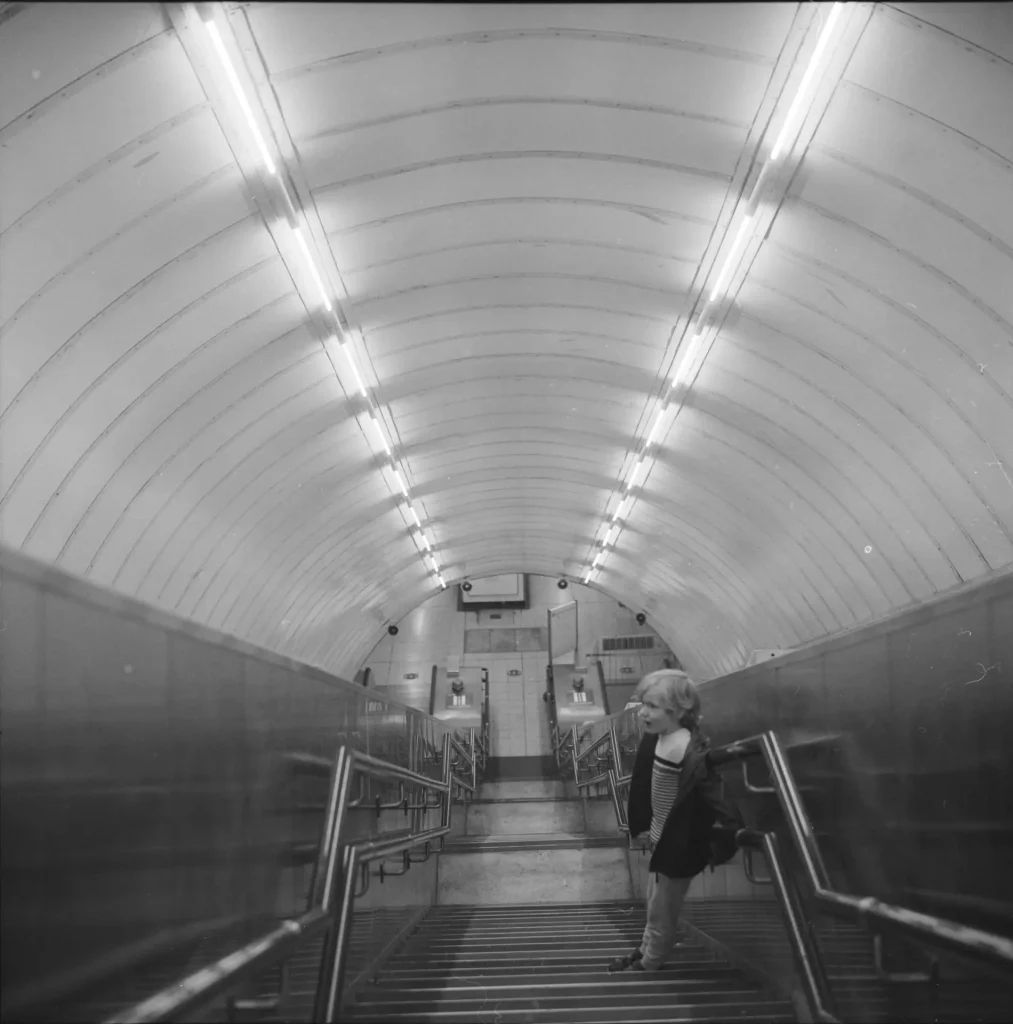
Being lent the Rollei seemed to change everything. I hadn’t used a film camera for years despite having kept the last relatively cheap and certainly sub-premium Japanese 35mm SLR that I’d got, when most people I knew had got rid of theirs. My girlfriend wondered if I could use the Rolleiflex 2.8 that her great-aunt had left on her death some years previously and was sitting in a store-room.
Of course, I replied that I’d love to, and I asked around – how do I work the thing? My friend Heather reassured me that TLRs were fun, when you got your head around ‘the backwards thing’, ie that you turn left to pan right when peering down the finder chimney from above.
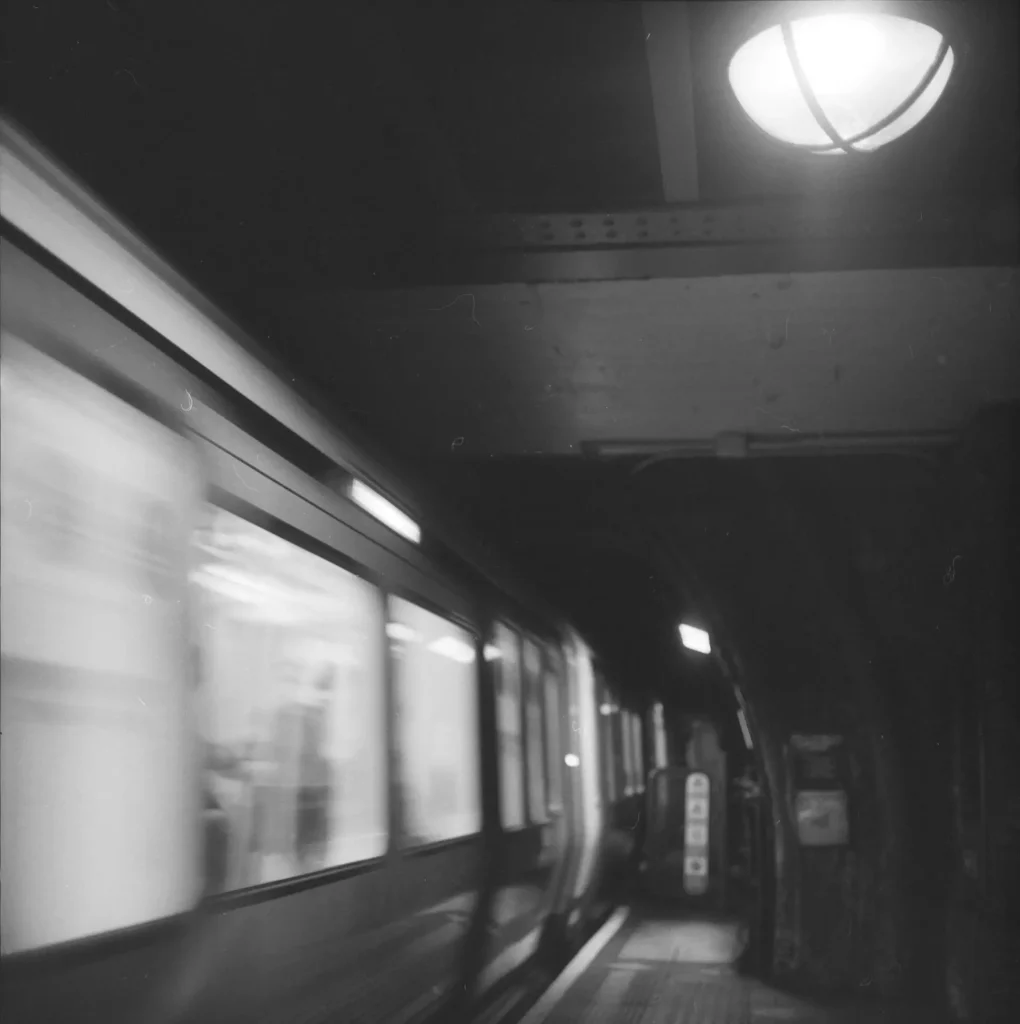
Nothing prepared me for the experience, though, in Denmark on holiday last August (2019) of unwrapping my first ever roll of 120, loading the Rolleiflex, with YouTube assistance, and trying to take pictures with it. For something so profoundly analogue, it’s immersive in a way that I’d only experienced in highly digital VR environments, all goggled- and headphoned-up (which I hadn’t enjoyed at the time).
It made me stop and look much more carefully, which in turn made me rethink my photography and let go: throw the aperture open and let my eye roam in the depth of the scene before me. I suddenly understood what I’d heard for so long about good lenses showing their quality at wider apertures and knew that I had the world at large to go back to and look at again. Now when I see documentary films of the great photographers of the 1950s and 1960s using TLRs, I’m amazed that they can interact at all with the world they are capturing, outside of their crucial view through the upper lens.
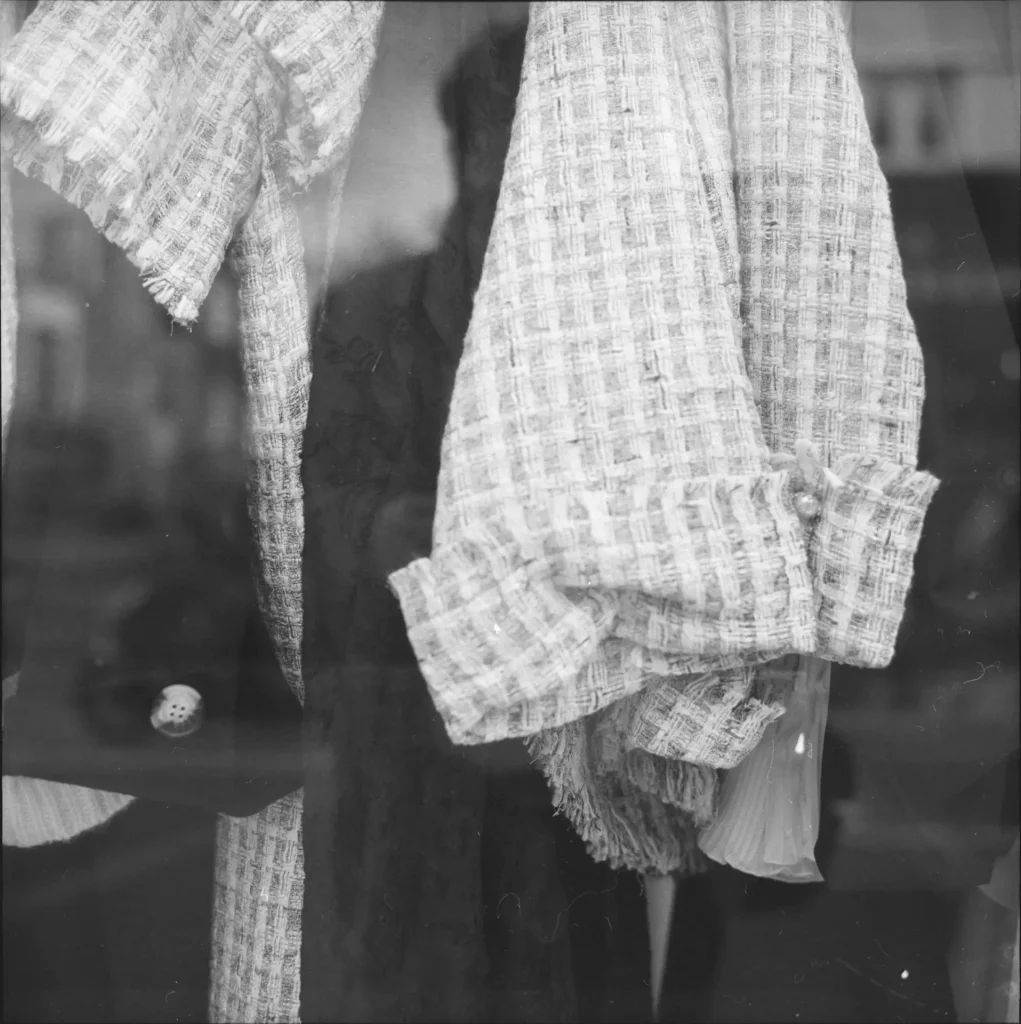
When I got the first films back from processing, there were a few frames that immediately thrilled and delighted me greatly with their richness and range. I’ve had a year or so since this visual awakening, catalysed by a strange old box made of metal and leather and glass, and I’m still learning. I’ve also found to my gratification that this learning, and my ‘new eye’, are equally applicable to the 35mm cameras that I’ve had for years and that my hands know how to use more instinctively. It’s a bit harder to get my DSLR to work any differently, or my brain with the DSLR. Sharpness is a register, and it’s okay for it to be relative rather than an absolute. I feel I may have regained the coveted status of ‘amateur’.
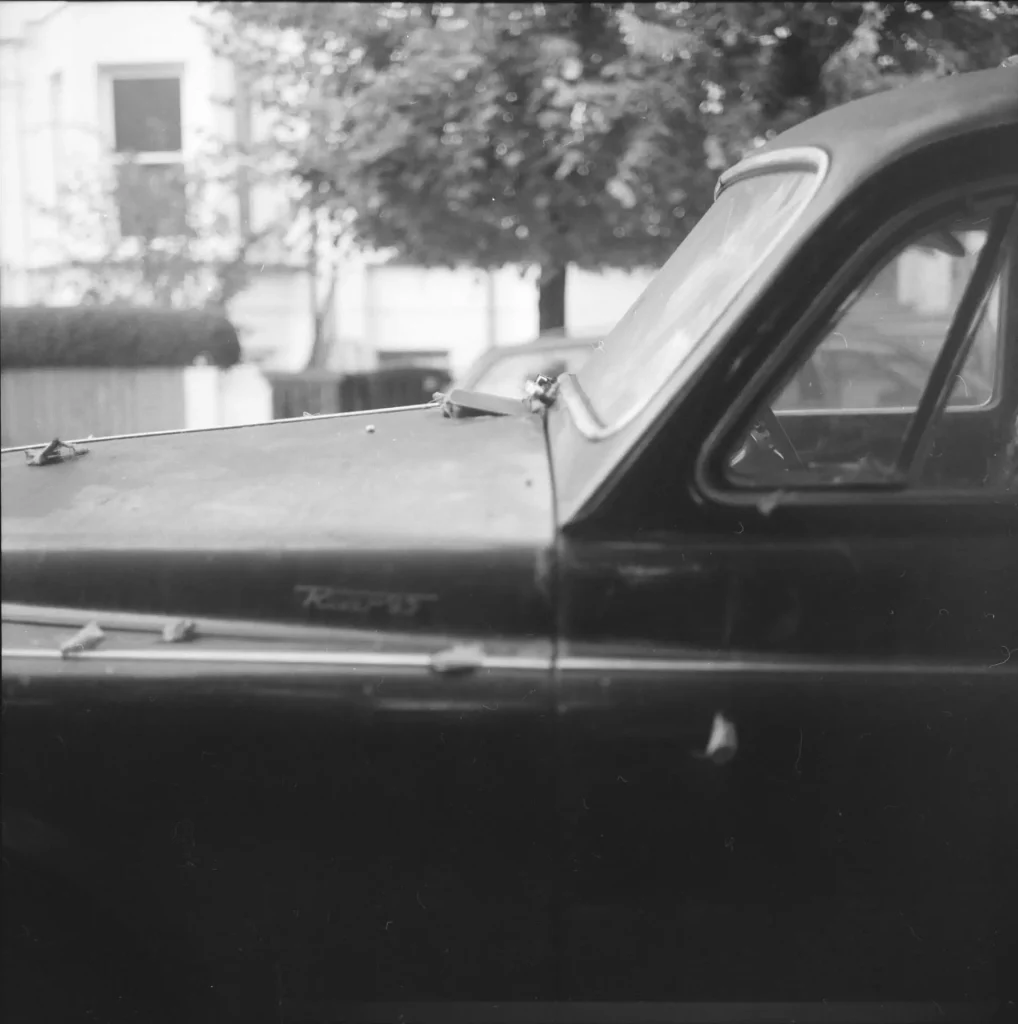
This piece is to a certain extent a celebration of shooting a whole roll through the Rollei without horribly messing up at least one or two frames. I went into Central London on a Sunday a week or so ago to attend a Quaker Meeting just off Trafalgar Square, grabbed a camera to take with me for fun, and took the pictures on my way home, mostly around Portobello Road. I processed the film in Ilford ID-11 when I got home, which I re-learned to do recently (or more specifically when Exposure, whose work I like, shut down temporily due to Covid-19- I will still send them C41) and can recommend as a relaxing adjunct to the whole photography thing. Sroyon has, unsurprisingly, mitigated the minor complexities of this and made it really amazingly simple in his 35mmc post here. These images were ‘scanned’ with the negs on a lightbox and a DSLR with macro lens.
Thanks for looking and reading, Michael
My IG
Share this post:
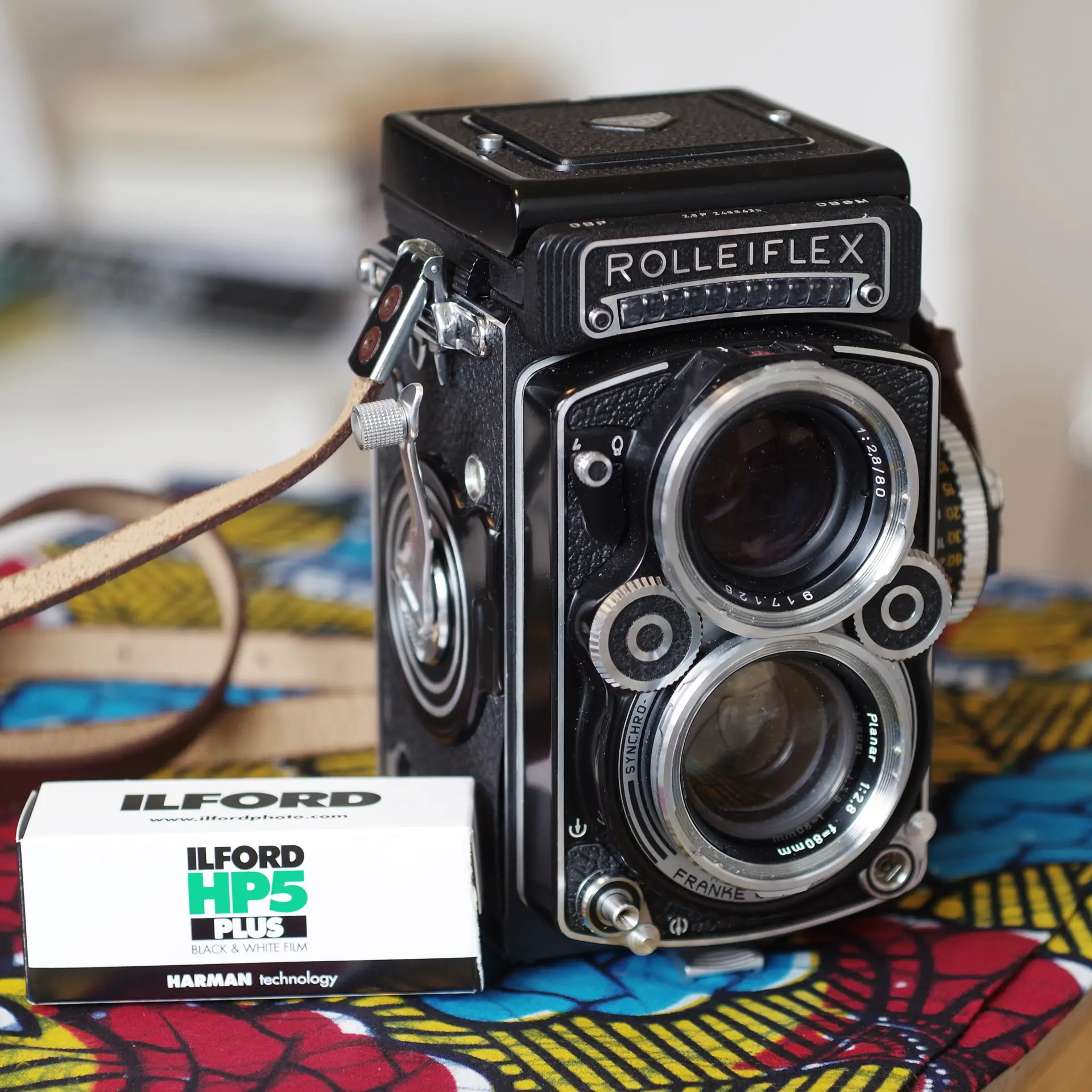


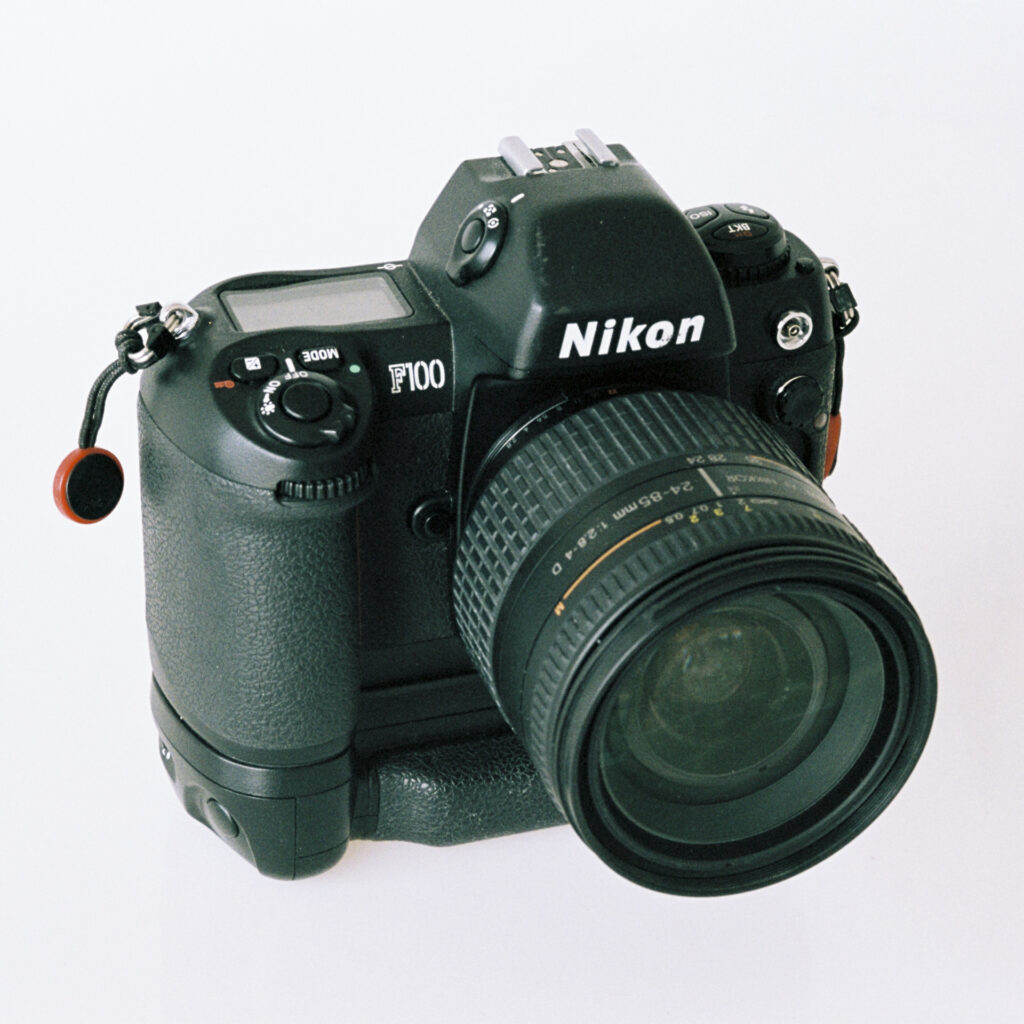
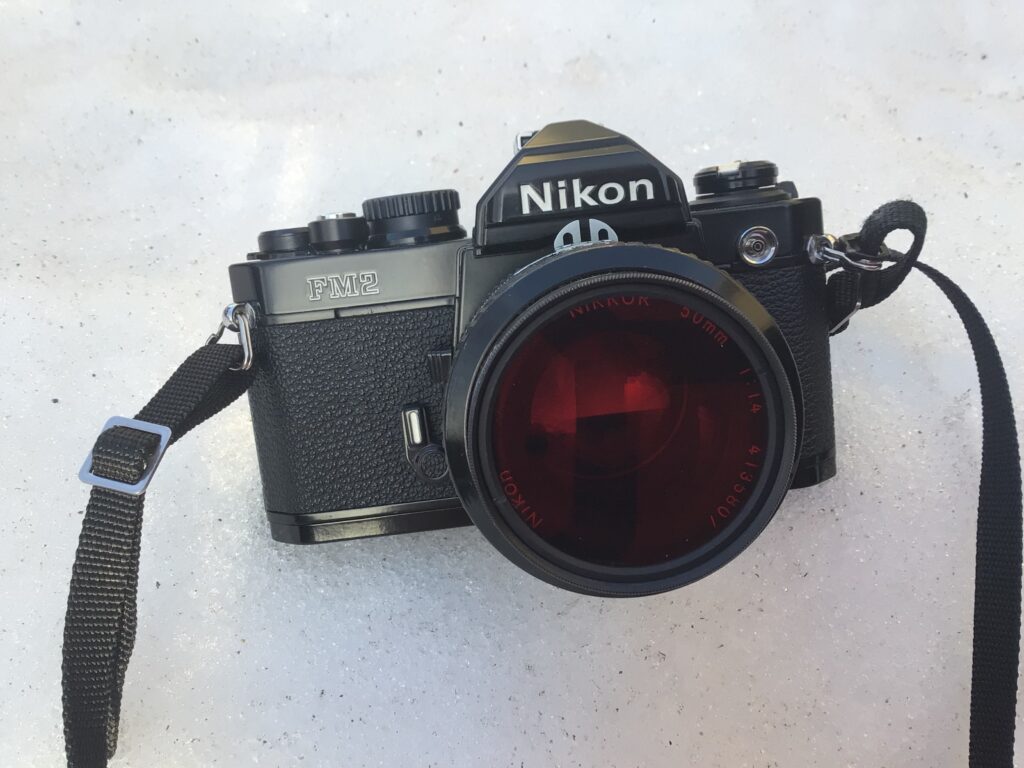




Comments
Anna on 5 Frames with a Rolleiflex 2.8F and Ilford HP5+ – By Michael Jardine
Comment posted: 24/11/2020
Comment posted: 24/11/2020
Stefan Wilde on 5 Frames with a Rolleiflex 2.8F and Ilford HP5+ – By Michael Jardine
Comment posted: 25/11/2020
Thank you for the article and the pictures! I, too, much like the photo of the train leaving the station for being so dynamic.I also much like the photo of your „assistant“ on the stairs for the atmosphere it captures.
I have just brought home the first contactde prints from my first roll with a Rolleiflex 2,8F using Kodak Portra 400. The results speak to how a TLR is so different from anything I used before. The quirky finder actually made me compose with more care, yet in all other aspects the camera is surprisingly easy to operate and carry. A quite wonderful experience.
Thank you and hope to see more of your pictures!
Stefan
Comment posted: 25/11/2020
staciereflects on 5 Frames with a Rolleiflex 2.8F and Ilford HP5+ – By Michael Jardine
Comment posted: 26/11/2020
Comment posted: 26/11/2020
Sroyon on 5 Frames with a Rolleiflex 2.8F and Ilford HP5+ – By Michael Jardine
Comment posted: 27/11/2020
Michael Jardine on 5 Frames with a Rolleiflex 2.8F and Ilford HP5+ – By Michael Jardine
Comment posted: 27/11/2020
The shout-out is most certainly worthy- your articles on cheapskate DIY B&W wrangling are excellent.
Ibraar Hussain on 5 Frames with a Rolleiflex 2.8F and Ilford HP5+ – By Michael Jardine
Comment posted: 22/03/2025
My first TLR was the MPP which was the feature of my post you recently commented on. I remember being daunted and quite apprehensive at first but it was so enjoyable I took my subsequent TLR a Rolleiflex 3.5F for.a 3 week trek in the Karakoram and himalaya where it performed superbly
Thanks again